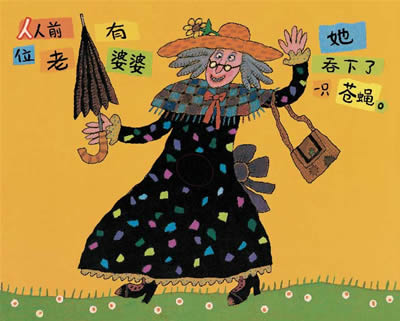Different from our regular immersion program, the aim of our advanced immersion program is to help students expand their Chinese vocabulary in theme-based classes. Through carefully designed curriculum, students learn about geography, biology, etc. in Chinese language. Since the vocabularies are more difficult than what we introduce in regular immersion classes, we find a way to help students reinforce what they learn in each class by making parody songs— familiar melody with lyrics made of the new vocabularies learned in that class.
The melodies we choose are either from the songs they learned in our regular immersion class or ones they are familiar with. One reason is that children are always excited to show you what they’ve already known, so the familiar melody is a good warm up for them to acquire the new knowledge. Furthermore, it is important for kids to review what they learn in the past and build up new knowledge upon the old one, which many educators advocate as “scaffolding”.
The following are examples of how we use the vocabularies learned in class to make parody songs.
To help students remember different body parts of snails, we change our “Body Parts” song in regular immersion class to “Snail’s Body Parts” song. Kids can all sing the original song: “头(head)肩膀(shoulders)膝盖(knees)脚(feet)膝盖(knees)脚(feet), 眼睛(eyes)耳朵(ears)嘴巴(mouth)鼻子(nose).” Then we introduce “Snail’s body parts” song with the same melody but different body parts vocabulary: “壳(shell)眼睛(eyes)大触角(big antenna)大触角(big antenna), 小触角(small antenna)呼吸孔(breathing hole)嘴巴(mouth).”
In the class of introducing seven continents, we revise the song “Happy New Year” into a “Travel Around the World” song. The lyric is “我住北美洲(I live in North America), 我想去欧洲 (I want to go to Europe), 还想去亚洲和南美洲(I want to go to Asia and South America); 我想去非洲(I want to go to Africa), 还想去大洋洲(I want to go to Australia), 还想去南极洲看企鹅(I want to go to Antarctica and see the penguins).”
In this way, memorizing vocabulary is no longer painful. We also hope that after acquiring more and more vocabularies, students can be creative and make their own songs!
Here is the video link of students singing “Travel Around the World” song http://www.youtube.com/watch?v=NGO66ifktv8&feature=youtu.be
– Chinese with Meggie Language School, Austin, Texas


